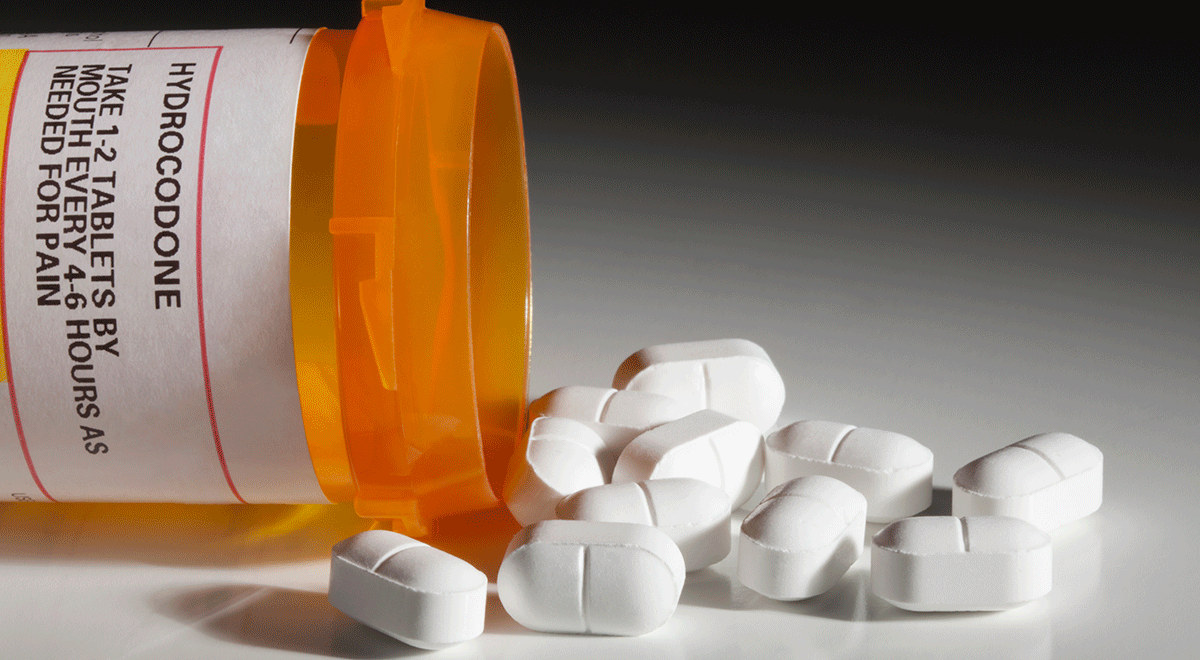After years of persecuting small-time drug offenders and classifying helpful herbs with medicinal benefits as “controlled substances” (at the behest of Big Pharma), the U.S. Drug Enforcement Agency is finally going after a real villain – the pharmaceutical industry itself. It is an acknowledgment of the true drug crisis that has been going on in this country for far too long – abuse of prescription painkillers. Because lawmakers are firmly in the back pocket of Big Pharma and have little or no motivation to address the problem, the DEA is taking action by putting strict limits on the production of prescription opioid painkillers.
According to the American Society of Addiction, there were over 47,000 deaths due to drug overdose in the U.S. during 2014. Of those, nearly 19,000 were caused by prescription opioid-based pain relievers. Significantly, since 1999, sales figures for those prescription have risen in direct proportion to death and addiction rates. In its annual report for 2015, the National Survey on Drug Use and Health found that approximately 6.5 million Americans age 13 and older reported using opioid painkillers for recreational purposes during the previous month. That is second only to cannabis (now legal for recreational uses in four states as well as Washington D.C. and approved for medical purposes in half the country). It’s also greater than the abuse of cocaine, heroin and other hallucinogenic drugs.
Speaking of marijuana, here’s another dirty little secret: while the movement toward full legalization of cannabis in the U.S. is gradually moving forward, Big Pharma is busy in every state capitol, bribing lawmakers to vote against any laws restricting the sale of opioids. What does one have to do with the other? Simple: in states that have legalized medical marijuana (generally used for pain management), the number of prescriptions and sales figures for opioids have been going down. According to a report from Center for Public Integrity, pharmaceutical manufacturers have spent $800 million over the past ten years fighting legislative attempts to rein in the sale and production of opioid medications (the gun lobby spent less than $100 million during the same period). In contrast, lobbyists fighting for opioid restrictions spent only $4 million.
During the time Big Pharma was fighting to keep the opioid supply plentiful and easily accessible, the Centers for Disease Control reported a record number of deaths from opioid overdose – and the figure keeps rising. Today, even the DEA – which continues to keep marijuana on its Schedule 1 drugs of controlled substances – acknowledges that nobody has ever died from a cannabis overdose. The same cannot be said for the half million people who died from opioids over a ten-year period.
Last week, the DEA issued a press release announcing that the pharmaceutical industry will have to reduce the production of popular prescriptions such as oxycodone and morphine by 25%. Production of other drugs, such as Vicodon, will be cut by 34%. Officially, the DEA’s reasoning is that legitimate sales and demand for such analgesics have been on the decline in recent years. It remains to be seen if these mandatory reductions will actually save lives, or if will simply create an even bigger and more lucrative black market for dealers catering to recreational users.
But at least it is a first step.

